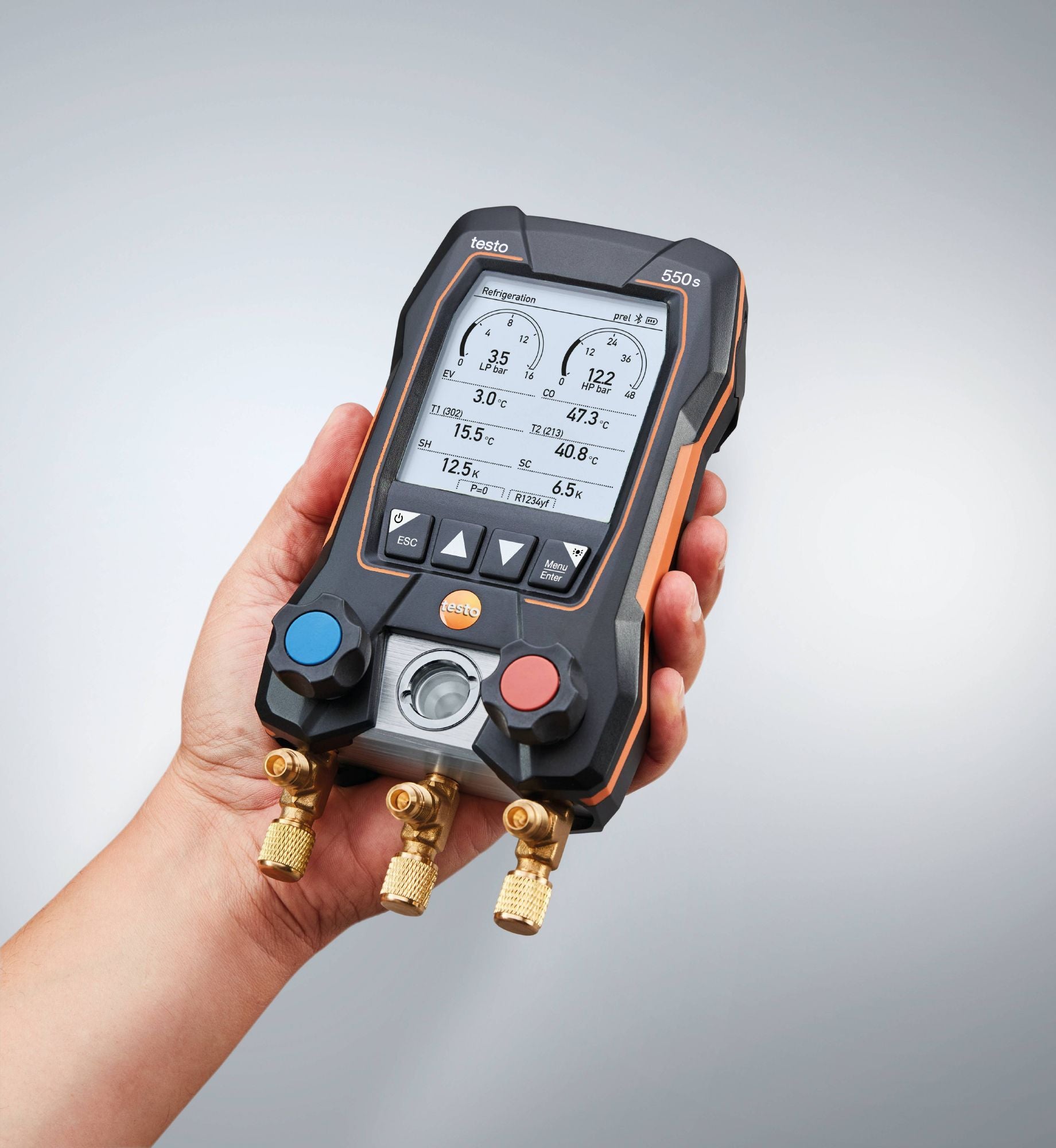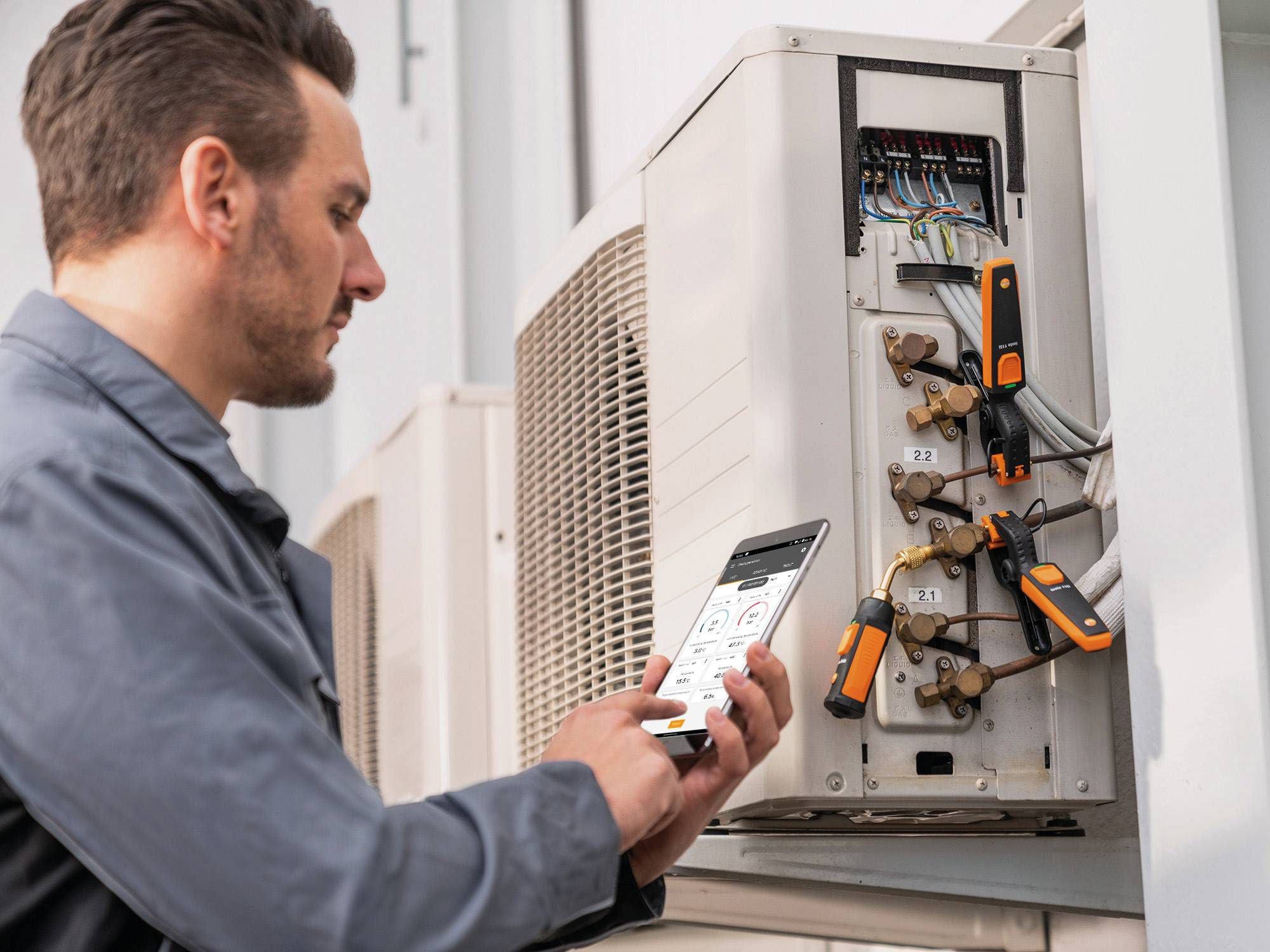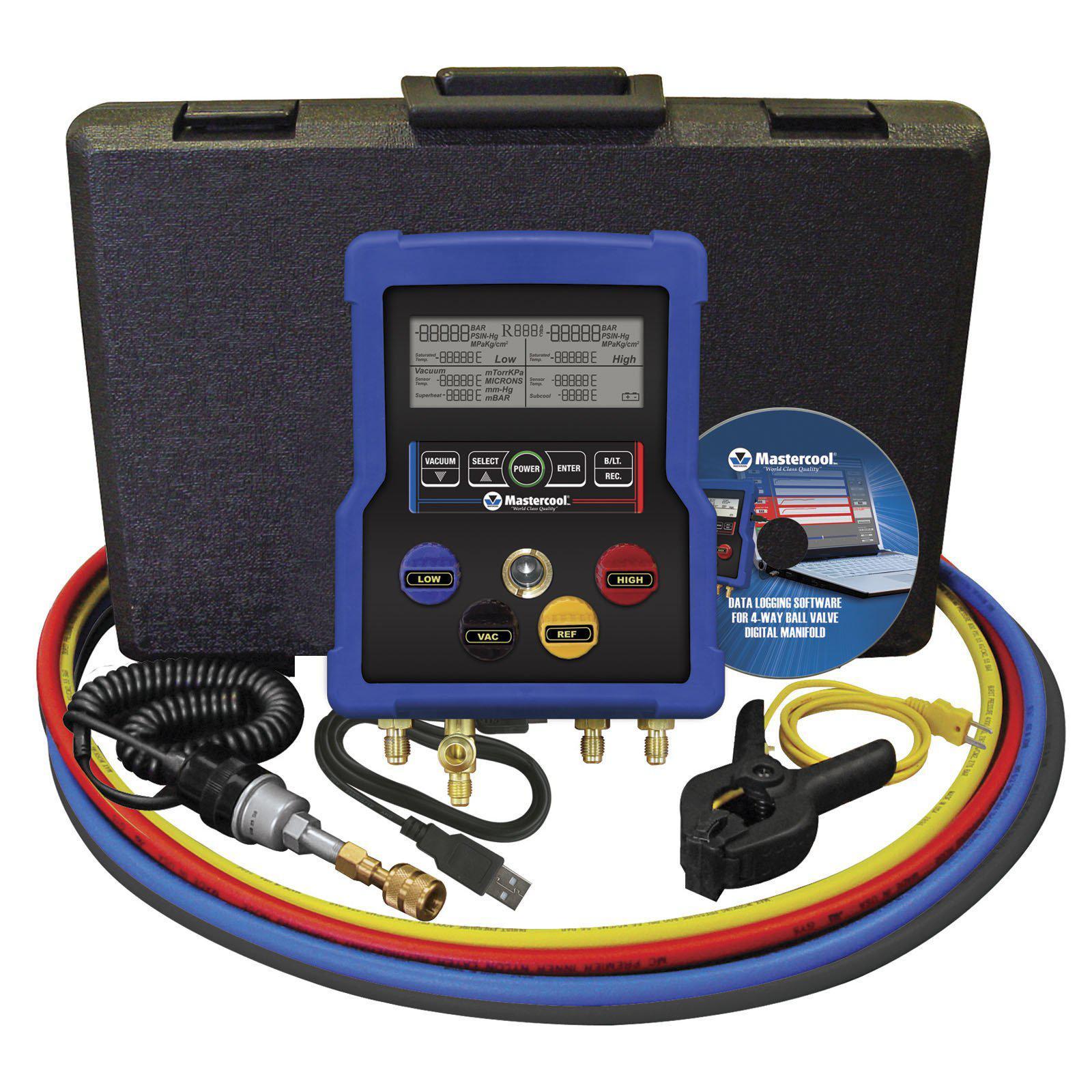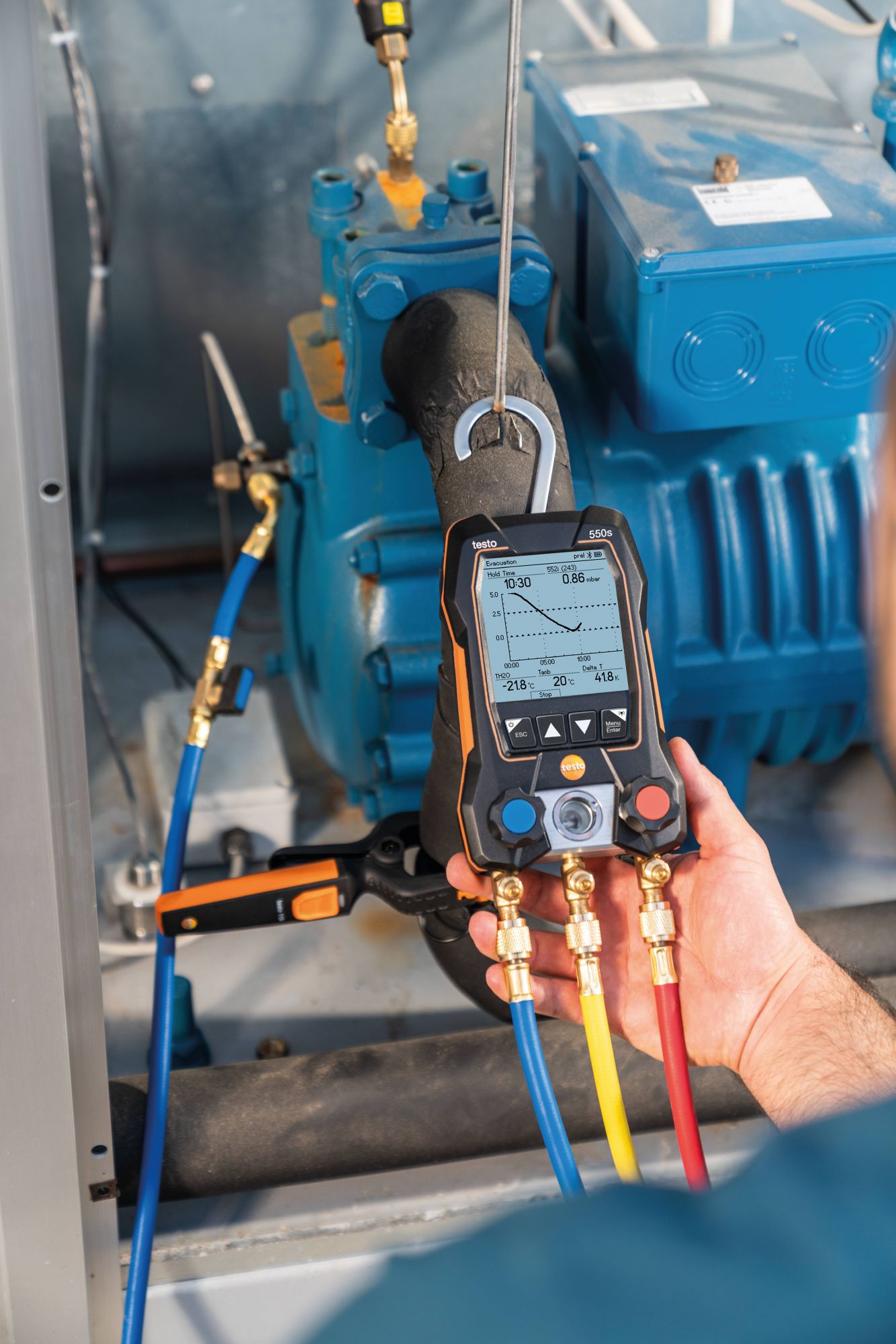Your Complete Guide to AC Gauges: Reading, Using and Choosing the Right HVAC Gauges for Australian Homes
G'day! If you're dealing with air conditioning troubles in Australia's scorching summers or trying to keep your cooling system running like a dream, you've probably heard about AC gauges. These little beauties are the secret weapon every Aussie homeowner should know about, especially when the mercury hits 40 degrees and your aircon decides to play up.
Whether you're in sweltering Darwin, Melbourne's unpredictable weather, or anywhere in between, understanding how to read and use HVAC gauges can save you a fortune in repair bills and keep your family comfortable year-round. No worries if you've never seen one before – we'll walk you through everything you need to know, from what these gadgets actually do to how to choose the perfect set for your needs.
Table of Contents
- What Are AC Gauges and Why Do You Need Them?
- Understanding Pressure Systems in Australian Climate
- Types of HVAC Gauges Available in Australia
- How to Read AC Gauges Like a Pro
- Step-by-Step Guide to Using Your Gauges
- Choosing the Right Gauges for Your Needs
- Keeping Your Gauges in Top Nick
- Common Problems and Solutions
- Safety Tips for Aussie Conditions
- Gauge Comparison: Find Your Perfect Match
What Are AC Gauges and Why Do You Need Them?
Think of AC gauges as the stethoscope for your air conditioning system. Just like a doctor uses a stethoscope to listen to your heart, these refrigerant gauges designed for Australian conditions let you "listen" to what's happening inside your cooling system by measuring pressure levels.

Your air conditioner works by moving refrigerant gas around a closed loop, changing it from liquid to gas and back again. This process creates different pressures on different sides of the system – high pressure and low pressure. When these pressures aren't right, your aircon struggles to cool your home, uses more electricity, or might pack it in altogether.
Here's why every Aussie homeowner should understand AC gauges. During our brutal summer months, your air conditioning system works overtime. The outdoor unit sits in blazing sun, sometimes reaching surface temperatures of 60 degrees or more. Meanwhile, it's trying to cool your home to a comfortable 22-24 degrees. That's a massive temperature difference, and it puts enormous strain on the refrigerant pressures.
Understanding Pressure Systems in Australian Climate
Australia's climate throws some serious curveballs at your air conditioning system. From the tropical humidity of Cairns to the dry heat of Alice Springs, each environment affects how your cooling system performs. The key is understanding how pressure relates to temperature and humidity.
When refrigerant moves through your system, it needs to be at specific pressures to change from liquid to gas efficiently. Too much pressure, and the system works too hard. Too little pressure, and you won't get proper cooling. In Australia's varied climate zones, these pressures need constant monitoring.
Consider this: on a 40-degree day in Perth, your outdoor unit might be sitting in direct sun at 50+ degrees surface temperature. The refrigerant inside needs to reject all that heat while still cooling your home. If the pressures aren't balanced correctly, the system can't cope with these extreme Australian conditions.
Types of HVAC Gauges Available in Australia
Not all gauges are created equal, especially when they need to handle our harsh Australian conditions. You'll find three main types available across Australia, each with specific advantages for different situations and skill levels.
Analog Manifold Gauges
These are the traditional workhorses of the HVAC world. They feature two circular dials – one blue for low pressure and one red for high pressure. Analog gauges are built tough for Australian conditions, with brass fittings that resist corrosion in our humid coastal areas and sturdy construction that handles outback heat.
The beauty of analog gauges lies in their simplicity. No batteries to go flat during a job, no electronic components to fail in extreme heat. They're particularly popular with tradies who work in remote areas where reliability matters more than fancy features.
Digital Manifold Gauges
Modern digital gauges offer precision and convenience that's hard to beat. They display exact pressure readings, often with additional features like temperature monitoring and refrigerant type selection. Many smart digital gauges compatible with Australian refrigerant standards can connect to your smartphone for data logging and analysis.

Digital gauges excel in Australian conditions because they can automatically compensate for temperature variations and provide more accurate readings when dealing with different refrigerant types commonly used across Australia.
Choose analog if you work in remote areas without reliable power, prefer simple operation, or need maximum durability. Choose digital if you want precise readings, data logging capabilities, or work with multiple refrigerant types regularly.
Wireless and Smart Gauges
The latest innovation in HVAC gauges brings wireless connectivity and smart features. These gauges can transmit readings to your phone or tablet, store historical data, and even provide diagnostic suggestions based on pressure patterns.
For Australian conditions, wireless gauges offer unique advantages. You can monitor readings from inside an air-conditioned space while the gauges remain connected to the outdoor unit in blazing heat. This reduces heat stress on both you and the equipment.
How to Read AC Gauges Like a Pro
Reading AC gauges might seem intimidating at first, but it's actually quite straightforward once you understand the basics. The key is knowing what those numbers mean in real-world terms for your Australian air conditioning system.
Every gauge set has two main components: the low-pressure gauge (marked in blue) and the high-pressure gauge (marked in red). These colours aren't just for decoration – they're an international standard that helps prevent dangerous mistakes.
Understanding the Blue (Low Pressure) Side
The blue gauge measures suction pressure, which is the pressure of refrigerant returning to the compressor after it's absorbed heat from inside your home. In Australian conditions, typical low-pressure readings range from 60-80 PSI on a standard residential system using R410A refrigerant.
However, these readings change with outdoor temperature. On a mild 25-degree Melbourne day, you might see 65 PSI, but when Darwin hits 38 degrees with high humidity, the same system might read 75-80 PSI and still be perfectly normal.
Understanding the Red (High Pressure) Side
The red gauge measures discharge pressure – the pressure of hot refrigerant leaving the compressor before it's cooled in the outdoor coil. This pressure varies dramatically with outdoor temperature, which makes it particularly important to understand in Australia's diverse climate.
On a typical 30-degree day across most of Australia, high-pressure readings for R410A systems usually range from 250-300 PSI. But here's where it gets interesting: in Darwin's 38-degree heat with high humidity, that same system might read 350-400 PSI and still be operating normally.
Step-by-Step Guide to Using Your Gauges
Right, let's get into the nitty-gritty of actually using these gauges. Whether you're a homeowner wanting to understand your system better or someone looking to do basic maintenance, this step-by-step guide will have you reading pressures like a seasoned professional.
Always ensure the system is running and stable for at least 10 minutes before connecting gauges. In Australian heat, this stabilisation period is crucial for accurate readings. Never connect gauges to a system that's just been turned on or off.
Step 1: Preparation and Safety
Before you even think about connecting gauges, make sure you're properly prepared for Australian conditions. This means sun protection, plenty of water, and safety gear appropriate for working around electrical equipment in potentially extreme heat.
Locate the service ports on your outdoor unit. These are typically found on the larger refrigerant lines and are protected by caps. The larger line (suction line) connects to your blue gauge, while the smaller line (liquid line) connects to your red gauge.
According to the Australian Government's energy efficiency guidelines, proper system maintenance including pressure monitoring can improve efficiency by up to 15% and extend equipment life significantly in our harsh climate.
Step 2: Making the Connections
Connect your professional-grade manifold gauge set suitable for Australian refrigerant standards starting with the low-pressure side. Thread the blue hose onto the larger service port hand-tight, then use a wrench to snug it firmly without over-tightening.

Next, connect the red hose to the high-pressure port on the smaller refrigerant line. These connections need to be secure because Australian heat can cause fittings to expand and potentially leak if not properly tightened.
Step 3: Taking Accurate Readings
With both gauges connected and the system running, allow several minutes for the readings to stabilise. In hot Australian conditions, this stabilisation period is particularly important because temperature fluctuations can cause pressure swings.
Record both the low and high pressure readings, along with the outdoor temperature. This temperature context is crucial in Australia because the same pressure readings can indicate different system conditions depending on whether it's a mild Brisbane morning or a scorching Perth afternoon.
Choosing the Right Gauges for Your Needs
Selecting the right AC gauges for Australian conditions involves more than just picking the cheapest option. You need gauges that can handle our extreme temperatures, resist corrosion from coastal salt air, and provide accurate readings across the range of refrigerants used in Australian air conditioning systems.
Considering Australian Climate Factors
Australia's climate presents unique challenges for HVAC equipment. Coastal areas deal with salt corrosion, inland areas face extreme temperature swings, and tropical regions combine high heat with crushing humidity. Your gauge selection needs to account for these factors.
Look for gauges with brass or stainless steel components rather than cheaper metals that corrode quickly in Australian conditions. The gauge faces should be designed to remain readable in bright sunlight – a crucial consideration when you're working on outdoor units in blazing Australian sun.
Refrigerant Compatibility
Australian air conditioning systems use several different refrigerant types, with R410A being most common in newer residential systems, while older systems might use R22 or R134A. Your gauges need to be compatible with the specific refrigerant in your system because different refrigerants operate at different pressure ranges.
Professional vs DIY Considerations
If you're a homeowner wanting to monitor your system's health, basic analog gauges might suffice for occasional pressure checks. However, if you're planning regular maintenance or troubleshooting, investing in quality digital gauges with Australian voltage compatibility pays off quickly.
Professional tradies working across Australia's diverse conditions need gauges that can handle constant use, temperature extremes, and transport between job sites. This typically means investing in higher-grade manifold sets with protective cases and backup components.
Keeping Your Gauges in Top Nick
Proper maintenance of your AC gauges is essential in Australian conditions, where extreme heat, dust, and coastal salt can wreak havoc on precision instruments. A well-maintained gauge set can last decades, while neglected gauges might fail within a few years.
Daily Care and Storage
After each use, especially in dusty outback conditions or coastal areas, clean your gauges with a soft, dry cloth. Pay particular attention to the gauge faces and fittings, where dust and salt can accumulate and affect accuracy or cause corrosion.
Store gauges in a protective case when not in use. Australian temperature extremes can affect gauge calibration if instruments are left in vehicles or outdoor storage areas where temperatures can exceed 60 degrees Celsius.
Always store gauges in a temperature-controlled environment when possible. If you must leave them in a vehicle, use an insulated case and park in shade. Extreme heat can affect calibration and damage seals.
Regular Calibration Checks
Gauge accuracy is crucial for proper system diagnosis. In Australia's demanding conditions, annual calibration checks are recommended for professional use, or every two years for occasional home use. Many HVAC suppliers across Australia offer calibration services.
You can perform basic accuracy checks by comparing readings between multiple gauge sets, or by checking against known pressure standards. If readings consistently differ by more than 2-3 PSI, professional calibration is needed.
Common Problems and Solutions
Even the best gauges can develop problems, especially when used in Australia's challenging conditions. Understanding common issues and their solutions can save you time, money, and frustration during critical jobs.
Erratic or Jumping Readings
If your gauge needles bounce around or give inconsistent readings, the problem is usually contamination in the gauge mechanism or worn seals. Australian dust and debris can work their way into gauge internals, especially if protective caps aren't used consistently.
The solution often involves careful cleaning with appropriate solvents and replacing worn seals. However, severely contaminated gauges might need professional overhaul or replacement.
Gauge Faces Fogging or Becoming Unreadable
Moisture can enter gauge faces in Australia's humid conditions, particularly in tropical areas or during the wet season. Once moisture gets inside, gauge faces fog up and become difficult to read, especially in varying temperatures.
Prevention is better than cure – store gauges with desiccant packs in humid conditions, and ensure protective caps are always in place when gauges aren't being used.
Fitting and Connection Problems
Australia's temperature extremes cause metal expansion and contraction, which can affect gauge fittings over time. Connections that were tight in cool weather might leak in extreme heat, while fittings tightened in hot conditions might seize when temperatures drop.
Safety Tips for Aussie Conditions
Working with AC gauges in Australian conditions presents unique safety challenges. From extreme heat to electrical hazards during storm season, following proper safety procedures isn't just good practice – it's essential for preventing injury and equipment damage.
Heat-Related Precautions
Australian outdoor temperatures can make working with air conditioning equipment genuinely dangerous. When surface temperatures on outdoor units reach 60+ degrees, metal components become hot enough to cause serious burns.
Always wear appropriate protection including heat-resistant gloves, long sleeves, and eye protection. Plan gauge work for cooler parts of the day when possible, and take frequent breaks in shade or air conditioning.
Electrical Safety in Storm Season
Australia's dramatic storm seasons create additional hazards when working with air conditioning equipment. Never attempt gauge readings during electrical storms, and be cautious of wet surfaces around outdoor units after rain.
Ensure outdoor electrical connections are properly protected from moisture, and always turn off power to the unit before making gauge connections if there's any doubt about electrical safety.
Working in Remote Areas
Many Australians live in remote areas where help isn't immediately available if something goes wrong. When working with gauges in remote locations, always inform someone of your plans and expected completion time.
Carry a well-stocked first aid kit, extra water, and communication equipment. The combination of extreme heat, high-pressure refrigerant, and electrical equipment creates multiple potential hazards that require preparation and respect.
Gauge Comparison: Find Your Perfect Match
Choosing the right gauges for your specific Australian conditions and needs requires understanding the key differences between available options. This comparison focuses on gauges readily available across Australia and suited to our unique climate challenges.
| Gauge Type | Best For | Australian Climate Suitability | Price Range | Key Features |
|---|---|---|---|---|
| Basic Analog Manifold | Occasional home use | Good for mild climates | $150-300 | Simple operation, no batteries required |
| Professional Analog | Regular trade use | Excellent for all Australian conditions | $300-600 | Durable construction, accurate readings |
| Digital Manifold | Precision work | Very good with proper care | $400-800 | Precise readings, data logging |
| Smart Wireless | Advanced diagnostics | Excellent with app support | $600-1200 | Smartphone connectivity, cloud data |
| Compact Digital | Light commercial use | Good for urban environments | $200-400 | Portable, battery operated |
Regional Considerations Across Australia
Different Australian regions present specific challenges that affect gauge selection. Northern Australia's tropical conditions favour gauges with superior corrosion resistance and humidity protection. The dry heat of central Australia requires gauges that maintain accuracy across extreme temperature ranges.
Coastal areas from Perth to Cairns need gauges with stainless steel or brass construction to resist salt corrosion. Meanwhile, southern regions with variable weather patterns benefit from gauges that provide consistent readings across temperature fluctuations.
Value for Money Analysis
While it's tempting to choose the cheapest option, gauge selection should focus on long-term value rather than initial cost. Quality gauges that last 10-15 years in Australian conditions cost less per year than cheap gauges that need replacement every few years.
Consider the total cost of ownership including calibration, maintenance, replacement parts, and potential downtime from gauge failures. Professional-grade gauges from established manufacturers typically offer better support and parts availability across Australia.
Getting the Most from Your Investment
Your AC gauges are precision instruments that, with proper care and understanding, can serve you reliably for years in Australia's demanding conditions. The key to maximising your investment lies in choosing the right gauges for your specific needs and maintaining them properly.
Remember that gauge readings are just numbers until you understand what they mean in the context of your specific system and local conditions. A reading that's perfectly normal in cool Melbourne weather might indicate problems in hot Darwin conditions, and vice versa.
Keep learning about your specific air conditioning system and how it responds to different weather conditions. Build a baseline of normal readings for your location and season, and don't hesitate to seek professional advice when readings don't match your expectations.
Most importantly, respect the safety aspects of working with pressurised refrigerant systems. These systems operate at pressures that can cause serious injury if mishandled, and refrigerants can cause frostbite or other injuries even in hot weather.
Whether you're a homeowner wanting to better understand your cooling system or a professional working across Australia's diverse conditions, quality gauges are an investment in knowledge, efficiency, and peace of mind. They're your window into the hidden world of refrigerant pressures that keep Australia comfortable through our legendary summers.
Ready to Choose Your Perfect AC Gauge Set?
Explore our complete range of professional HVAC gauges designed for Australian conditions. From basic analog sets perfect for homeowners to advanced digital systems for professional use, we've got the right gauges to keep your air conditioning running efficiently through whatever weather Australia throws at it.
Need help choosing? Our team understands Australian conditions and can recommend the perfect gauge set for your specific needs and location. No worries – we're here to help you stay cool!

